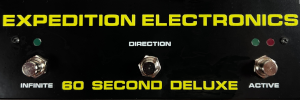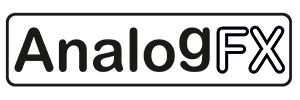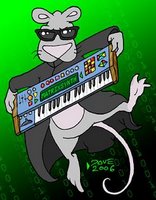Thursday, September 24, 2009
Digital Sampler / Delay DSD - 3
YouTube via zebranalogiczetangas. http://www.zebranalogic.com
"In the next video I´m using a Digital Sampler / Delay DSD - 3 and a Drum Machine
by roland the TR-505
I´m testing my delay using the trigger in and I´m using a Miidi input to Midi cv with 5 volts. out to max."
cyclops
YouTube via zebranalogiczetangas
"This unit is a delay controlled by light. comming soon in my web site !!! www.zebranalogic.com"
cyclops
Delay cyclops by zebranalogic
Delay - cyclops
Elektronika EM-26 Vocoder/Strings
YouTube via VoiceEncoder
"Elektronika EM-26 Vocoder/Strings.
Copyright Elektronika (some former Soviet music-lab), and various? All Rights Reserved."
ELKA SYNTHEX with MIDI
 via this auction
via this auction"It is complete by its factory MIDI interface (plugged in the rear interface,see pic), the original metal stand including the vinyl carrying case."

NQO+(BBKuvKJl5tw~~_12.JPG)

6g!Wk~$(KGrHqEH-DcEq)OO+!TqBKuvJ+O32g~~_12.JPG)
p7yw~~_12.JPG)

Ham Heart Analog Synth Noise Box circuit bent zombie
 via this auction
via this auction"This is a handmade Ham Heart, 100% analog synthesizer.
It features one squarewave oscillator.
The oscillator is triggered by the 3 red buttons, each one represents a different frequency range. These buttons allow you to play the device rhythmically or piece together simple melodies.
 Controls:
Controls:The red buttons trigger and select the frequency range of the oscillator.
The larger knob controls the pitch of the oscillator.
The smaller knob is the master volume control.
The white toggle switch is the on/off switch.
6.35mm (1/4 inch) audio output
2.1mm DC input (tip -)
On/Off switch
Rubber feet
Grey, Metal faceplate
Severed Zombie Arm drawing."
YAMAHA CBX-T3 SYNTHESIZER MODULE


via this auction
"AWM Sound
All sounds in the CBXT3 are produced using AWM (Advanced Wave Memory) technology. AWM is a technique for digitally recording waveform data of original sounds, resulting in a very accurate recorded sound. Sound samples are stored in the CBXT3's internal ROM (Read Only Memory).
Voices
The CBXT3 uses the elements stored in its ROM to form Voices. The 192 basic instrument Voices include: piano, electronic piano, guitar, bass, strings, brass, and more.
Multi-Timbral
The CBXT3 is Multi-Timbral, meaning it can produce up to 16 different Voices simultaneously.
Polyphony
The CBXT3 is 28-note polyphonic, meaning it can play up to 28 elements simultaneously. The 28 notes used are automatically and dynamically allocated among the CBXT3's 16 parts. With this feature, the CBXT3 can easily simulate a large band or orchestra.
Drum and Percussion Sets
The CBXT3 can generate a wide variety of drum and percussion Voices. These drum and percussion voices are all assigned to Part 10 and are divided into 10 style specific drum and percussion sets.
Digital Effects
The CBXT3 contains a DSP (Digital Signal Processor) which is used to generate 8 digital effects, including reverb and delay.
MIDI Equipped
The CBXT3 is equipped with 16 MIDI channels and each channel has its own monitor LED on the front panel. And LED will light when its corresponding channel is being played.
Dynamic Voice Allocation
The CBXT3 uses a DVA (Dynamic Voice Allocation) system to automatically assign notes and MIDI channels. Up to 28 notes are available at any time, no matter which MIDI channel is being used.
Computer Interface
The CBXT3 has an integrated computer interface, which translates a digital instruments MIDI language into the personal computer's language and vice versa. This interface can be connected directly to a computer's serial or modem port.
Third Party Song Data
The CBXT3 is compatible with various third-party song data collections, including the General MIDI standard (General MIDI Level 1), general third party supplied data song collections for the computer."
Pollard Daniel Booth - Rehearsal.
YouTube via filbyhyde22
"3 short clips featuring music from a rehearsal session where ideas and pieces were formulated for 3 forthcoming concerts in Sept and Oct in the UK and Netherlands.
Concert links..
http://www.awakenings-em.co.uk/
http://www.musiczeit.com/album.php?al...
http://e-live.groove.nl/"
More full-color LED Button matrix
YouTube via 4mspedals. color monome
"Now in 24-bit! Using an STP16 chip on the button board, this 4x4 pcb connects to a ATtiny2313 microcontroller (7 pins plus power and ground are used on the uc, so even a attiny24 could be used). Using PWM, 24-bit color is obtained in the first part of the video to demonstrate color fading. In the later half, the buttons are used to change the color of the LEDs (selecting one of 8 colors). More info at www.4ms.org/projects"
PREVIOUS PAGE
NEXT PAGE
HOME
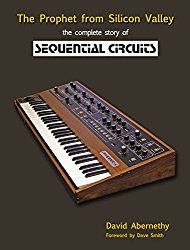
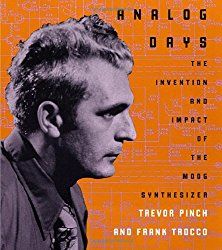
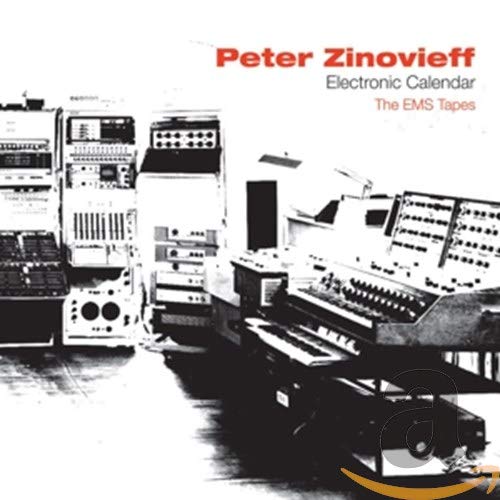
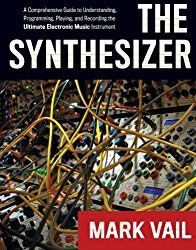

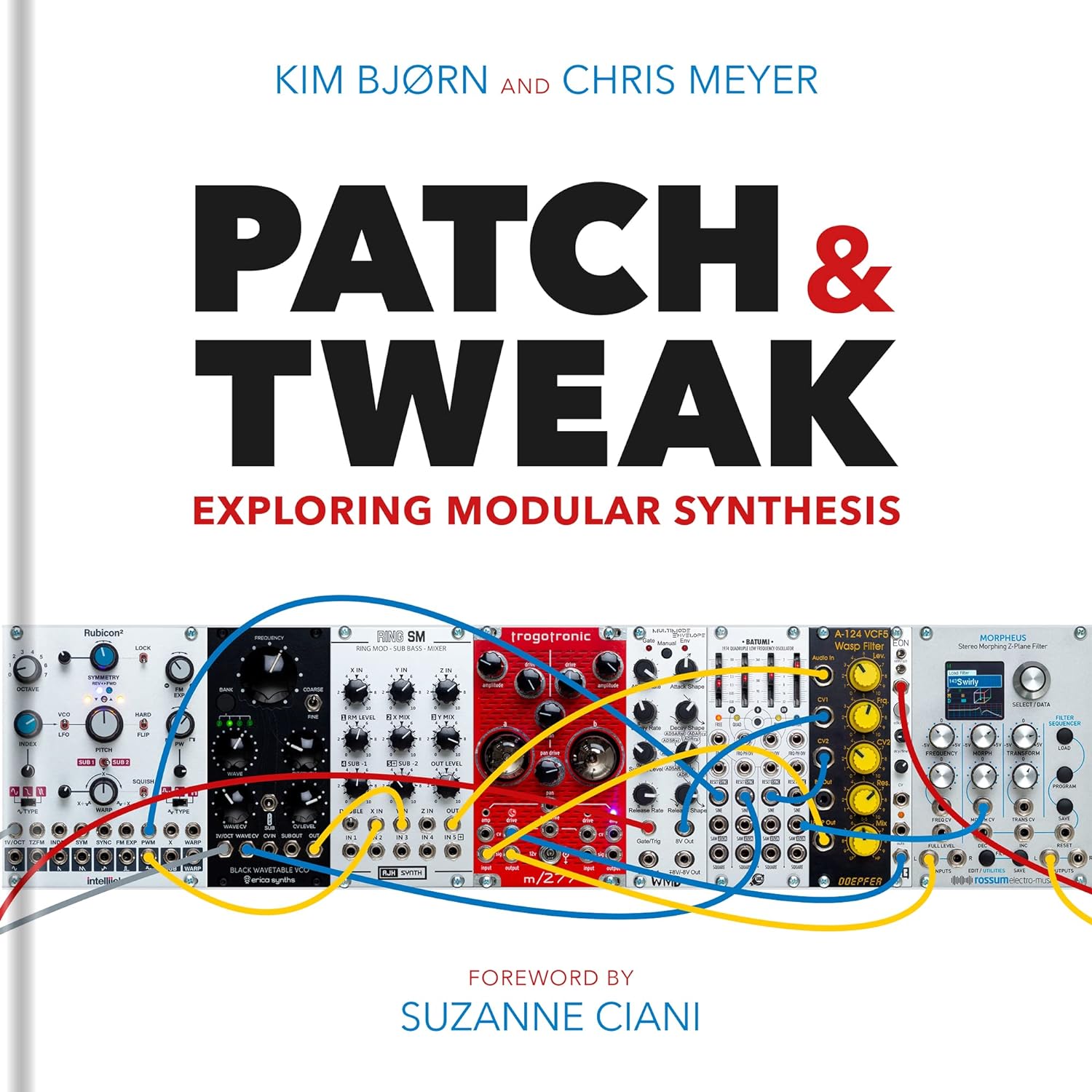
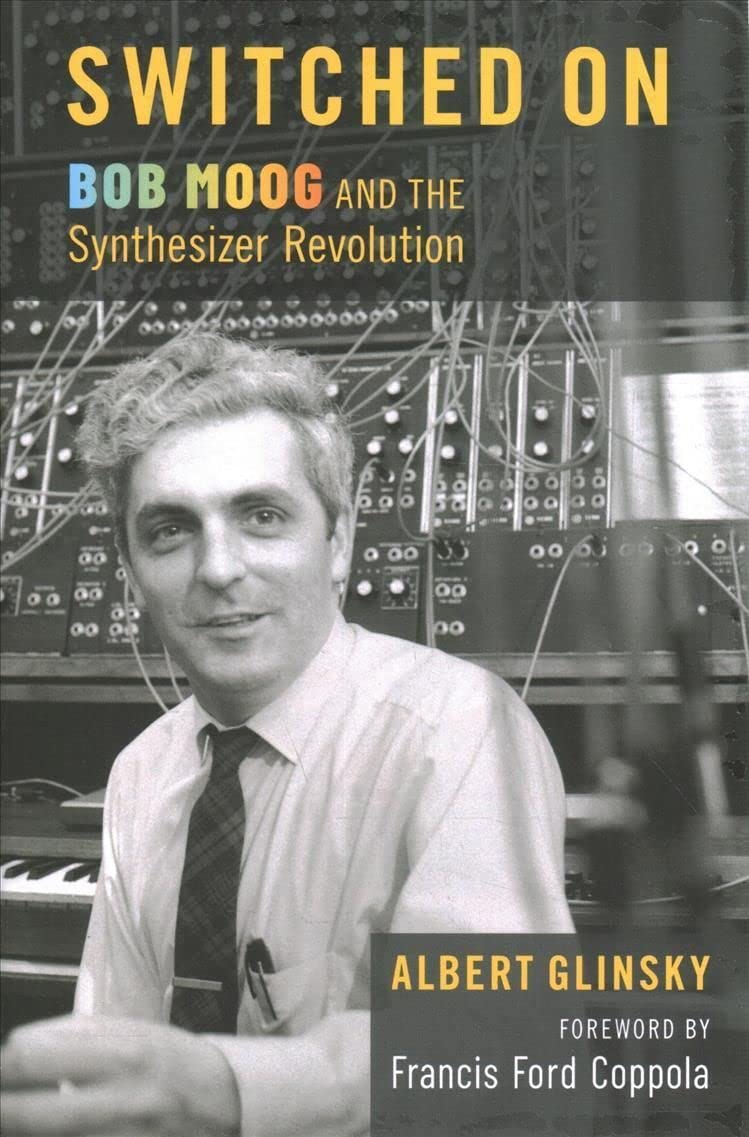
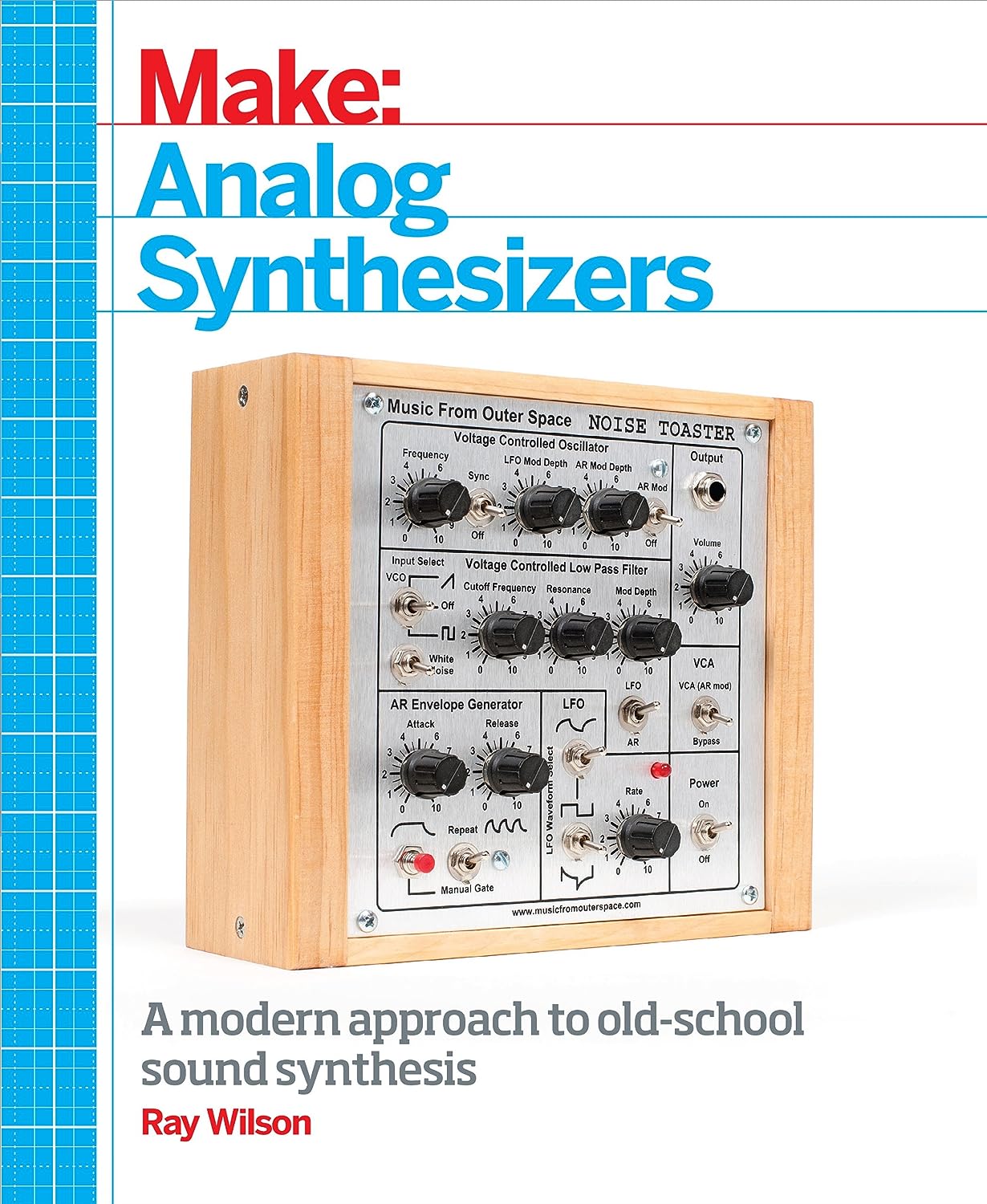
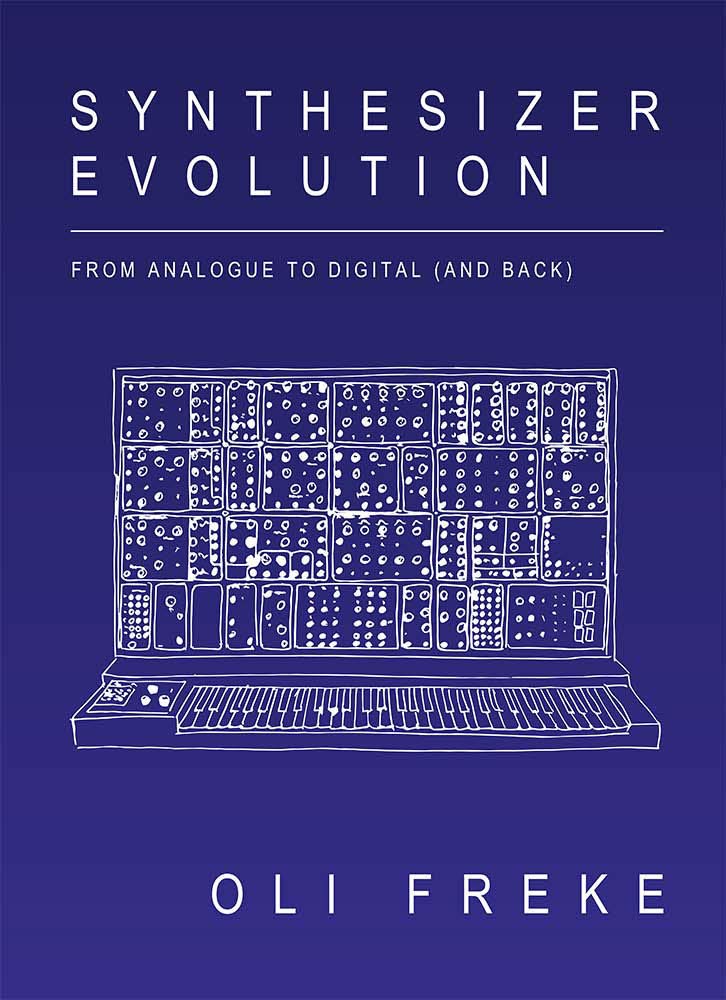

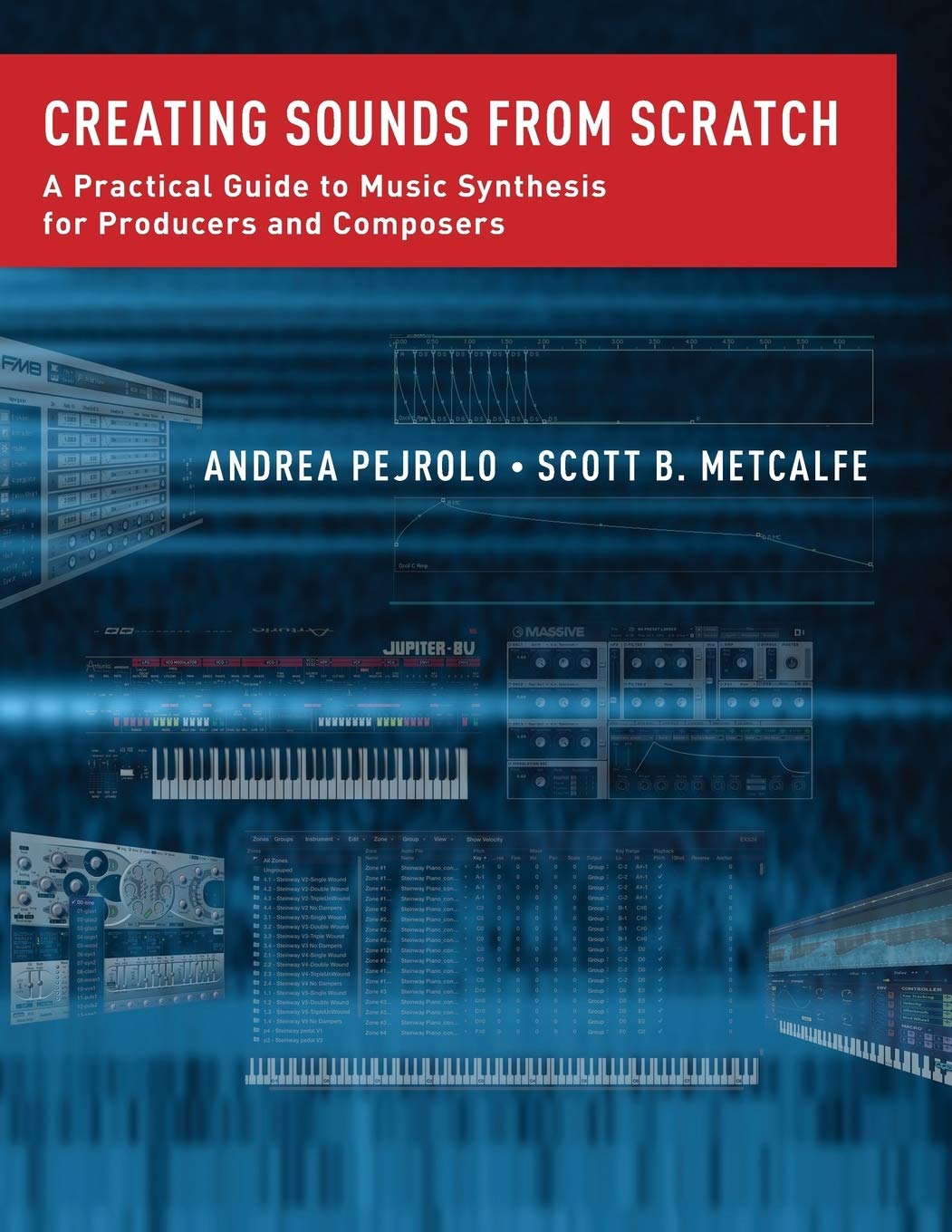


© Matrixsynth - All posts are presented here for informative, historical and educative purposes as applicable within fair use.
MATRIXSYNTH is supported by affiliate links that use cookies to track clickthroughs and sales. See the privacy policy for details.
MATRIXSYNTH - EVERYTHING SYNTH













© Matrixsynth - All posts are presented here for informative, historical and educative purposes as applicable within fair use.
MATRIXSYNTH is supported by affiliate links that use cookies to track clickthroughs and sales. See the privacy policy for details.
MATRIXSYNTH - EVERYTHING SYNTH














